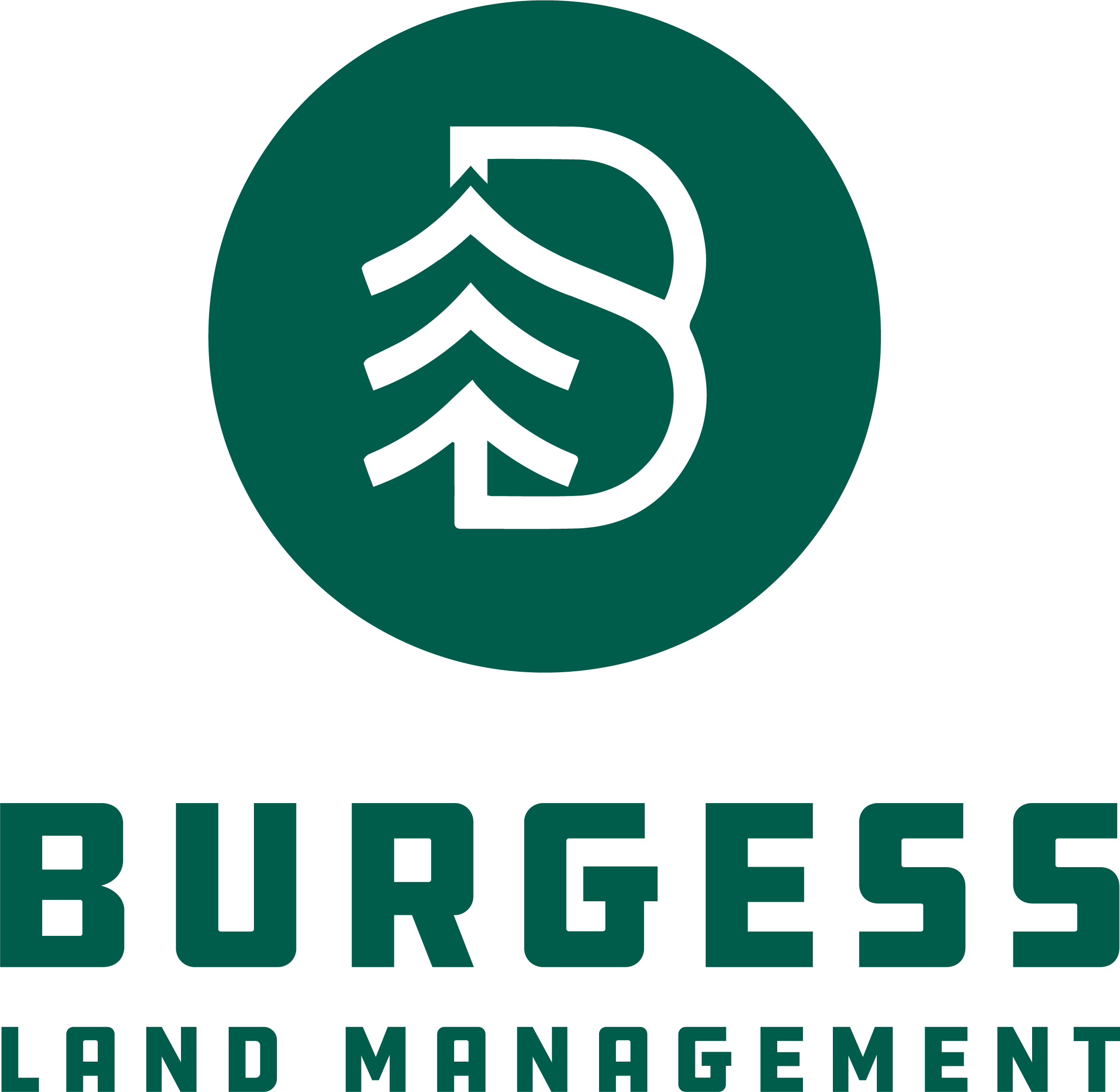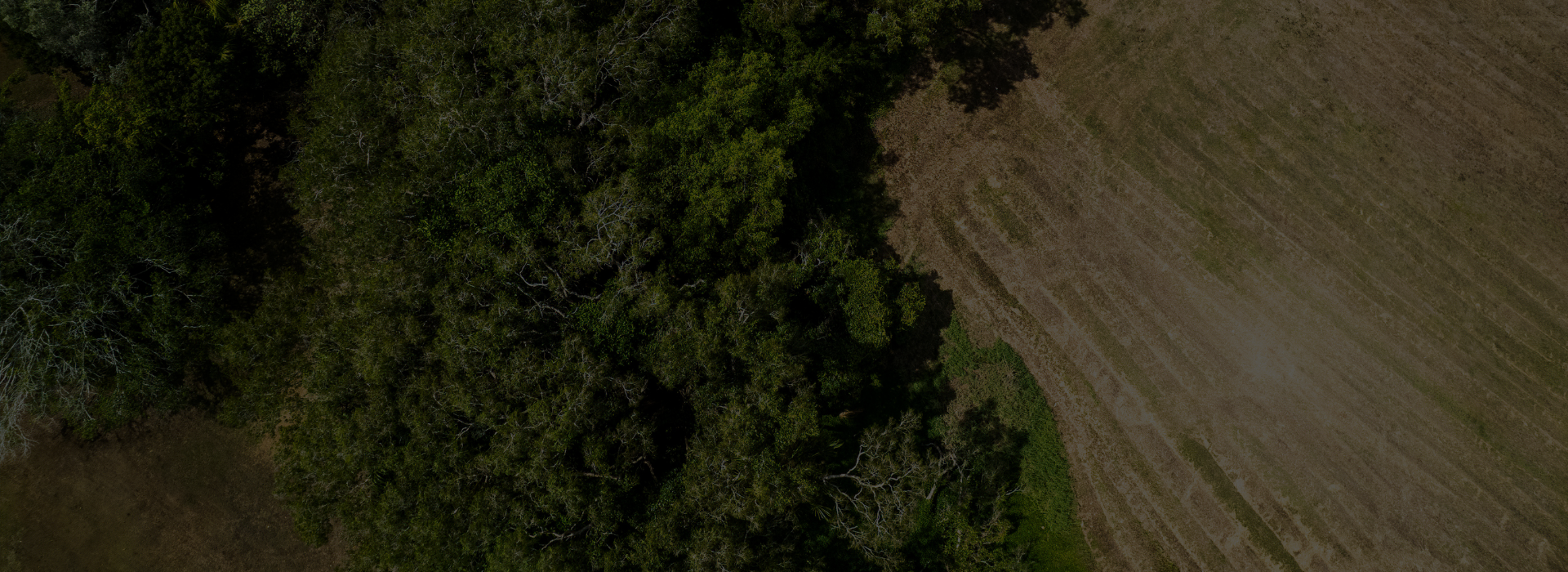17 Jul What are the different land clearing techniques?
Effective Land Clearing Techniques for Residential Projects
When it comes to land clearing for residential projects, selecting the appropriate technique is crucial. The method chosen depends on factors like the area size, vegetation type, and land’s final purpose.
In this article, we will discuss four common methods for clearing land: hand clearing, forestry mulching, pushover, and cut and grind. Each method has its own benefits for different situations.
Hand Clearing
Hand clearing is the most labor-intensive but precise method of land clearing. This technique involves using manual tools such as axes, machetes, chainsaws, and pruning shears to remove vegetation. Hand clearing is ideal for small areas or spaces with delicate surroundings that require careful management.
Advantages:
- Precision: Allows for selective clearing, preserving desired trees and plants.
- Low Environmental Impact: Minimizes soil disturbance and erosion.
- Cost-Effective for Small Areas: Reduces the need for heavy machinery, lowering costs for small-scale projects.
Disadvantages:
-
- Time-Consuming: Takes significantly longer compared to mechanical methods.
- Labor-Intensive: Requires substantial physical effort and manpower.
Best Used For:
-
-
- Small gardens
- Areas with protected species
- Projects where detailed landscaping is necessary
-
Forestry Mulching
Forestry mulching is a more mechanized and efficient method that uses a single machine to cut, grind, and clear vegetation. A forestry mulcher is equipped with rotating blades or hammers that shred trees, shrubs, and other vegetation into mulch, which is left on the ground to decompose.
Advantages:
-
-
- Speed and Efficiency: Clears land quickly and effectively.
- Soil Enrichment: The resulting mulch adds nutrients to the soil as it decomposes.
- Minimal Waste: Converts cleared vegetation into useful mulch, reducing the need for disposal.
-
Disadvantages:
-
-
- Initial Cost: Requires investment in specialized machinery or hiring a contractor.
- Limited to Certain Vegetation: May not be effective on extremely large trees or dense forests.
-
Best Used For:
-
-
- Preparing large garden areas
- Clearing overgrown residential plots
- Eco-friendly land management
-
Pushover Method
The pushover method involves using heavy machinery like bulldozers to push over trees and large vegetation. This method removes plants and their roots to prevent them from growing back.
Advantages:
-
-
- Comprehensive Clearing: Removes both vegetation and root systems, reducing the chances of regrowth.
- Quick: Suitable for clearing large areas swiftly.
-
Disadvantages:
-
-
- Soil Disturbance: Can cause significant disruption to the soil, leading to erosion and habitat destruction.
- Heavy Machinery Required: Needs substantial investment in equipment and skilled operators.
-
Best Used For:
-
-
- Large-scale land development
- Areas with extensive tree cover
- Projects requiring complete removal of vegetation
-
Cut and Grind Method
The cut and grind method is a two-step process involving the cutting down of trees and vegetation first, followed by grinding the stumps and remaining debris. This method typically uses chainsaws and stump grinders to manage the clearing.
Advantages:
-
-
- Effective Tree Removal: Efficiently handles large trees and thick vegetation.
- Versatile: Can be adapted to different sizes and types of projects.
-
Disadvantages:
-
-
- Labor and Machinery Intensive: Requires both cutting tools and grinding equipment.
- Waste Management: Produces a significant amount of waste that needs to be disposed of or repurposed.
-
Best Used For:
-
-
- Residential construction sites
- Creating clear land for new lawns or gardens
- Areas with large, mature trees
-
Choosing the Right Technique
Selecting the right land clearing technique depends on several factors:
-
-
- Project Size: Larger projects benefit from mechanized methods like pushover and forestry mulching, while smaller or more detailed projects may require hand clearing or cut and grind methods.
- Vegetation Type: Consider the type and density of vegetation. Dense forests with large trees might necessitate the pushover method, whereas areas with mixed vegetation could be best managed with forestry mulching.
- Environmental Impact: Evaluate the potential environmental impact. Techniques like hand clearing and forestry mulching are more eco-friendly compared to the disruptive pushover method.
- Budget and Resources: Budget constraints and availability of equipment and labor will also influence the choice of method.
-
Conclusion
Effective land clearing is essential for successful residential land development and management.
Recognizing the advantages and drawbacks of methods such as hand clearing, forestry mulching, pushover, and cut and grind allows homeowners and developers to select the most suitable strategy for their unique requirements. This ensures land clearing is carried out in a cost-effective, environmentally friendly, and efficient manner. If you need help, contact us today.
4o


